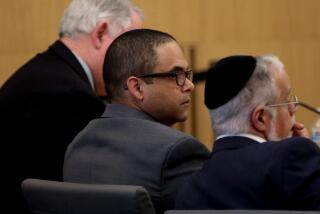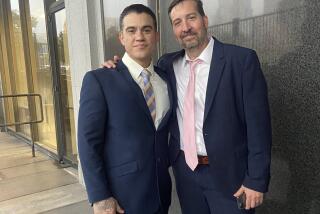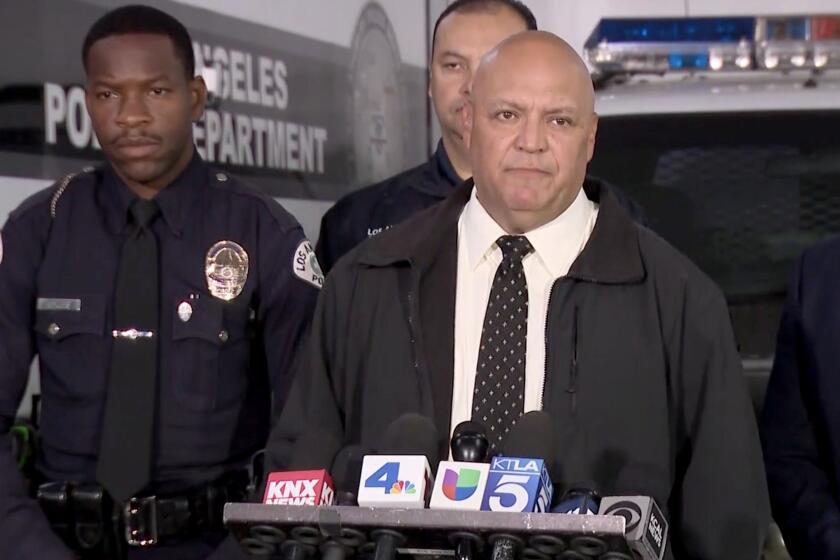Police chief: If jury hadn’t mistakenly freed man, he’d still be alive
Had a Fresno jury not mistakenly released a 37-year-old career criminal on Wednesday, he would not have ended up dead less than an hour later following a fight at his sister’s house, the city’s police chief said.
Bobby Lee Pearson got what started out as an unbelievable break Wednesday after a Fresno jury mistakenly checked the “not guilty” box on the court form for his burglary trial, an error that a judge determined could not be corrected.
Within an hour of his release, Pearson was dead. Police say he was stabbed to death by his sister’s boyfriend at her house when he arrived to retrieve his belongings.
“The question that comes about in an incident like this is, ‘If Bobby Pearson would not have been released, would this murder have occurred?’ ” Fresno Police Chief Jerry Dyer told reporters Thursday. “And the obvious answer is, ‘No, he would have been in jail.’”
But he also noted that Pearson had 11 previous criminal convictions and was a member of a local street gang.
Pearson’s rap sheet goes back more than a decade, with convictions on multiple weapons charges and arrests for battery, resisting a peace officer and injuring a co-inhabitant, court records show.
Dryer said that when people like Bobby Pearson are involved in a life of crime involving gangs, “there is always a potential for him to become the victim of violent crime.”
Still, Pearson’s ultimate fate troubled even Fresno County Deputy Dist. Atty. William Terrence.
“It’s not like he was facing the death penalty, he was going to face some prison time. It was a very unfortunate incident,” Terrence said.
In the case that brought him to the Fresno court Wednesday, Pearson was accused of burglarizing an apartment with two other men and pointing a stolen gun at the apartment’s owner.
The jurors could not reach a unanimous verdict and apparently checked the “not guilty” box in an attempt to convey the message that they were deadlocked. The judge affirmed the not-guilty decision, but soon afterward it became clear the jury had actually deadlocked. But by then, the judge said, it was too late to change the verdict.
“The law is very protective of introducing anything from outside the jury room into the whole process,” said Heidi Rummel, a law professor at USC. “There are a lot of safeguards that make it difficult to go back after the fact.”
More to Read
Start your day right
Sign up for Essential California for news, features and recommendations from the L.A. Times and beyond in your inbox six days a week.
You may occasionally receive promotional content from the Los Angeles Times.







